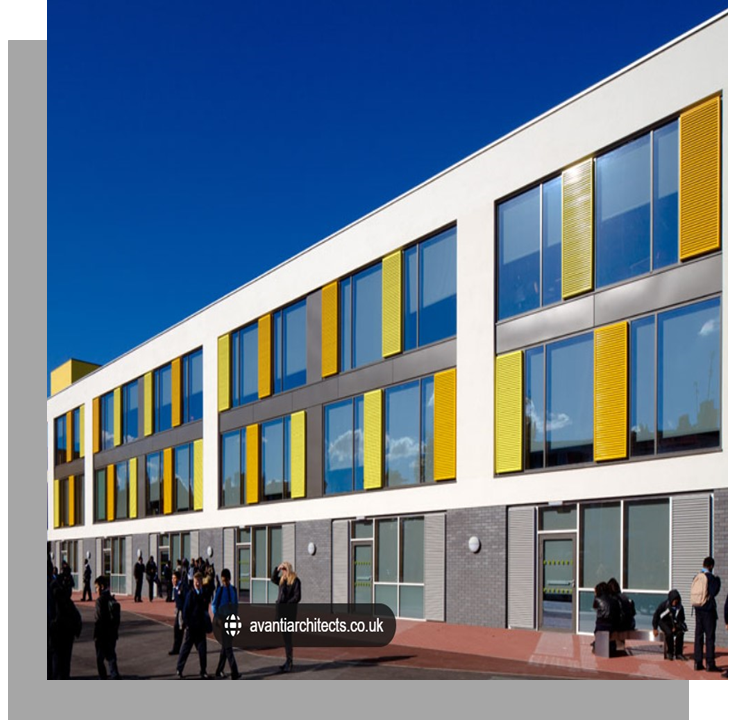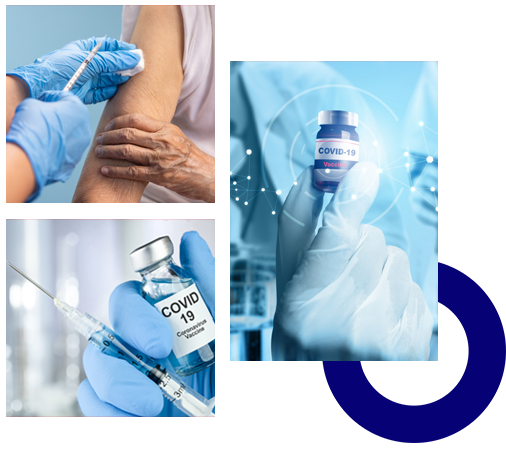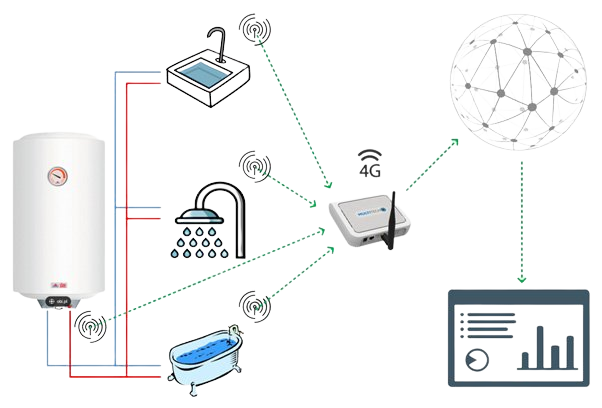Prevent School Closures
with Advanced Building Monitoring
Protect your school's reputation and ensure continuous education from just 50p per day!
Why Schools Trust Us:
Use Discount Code LCSFMF for a free months trial and see what hidden issues your water system has.
Click the button below to get your months free trial. use the discount code above in the message box provided.
Call 01827 259346 or Book Online today.
The whole process from installation to the updated weekly report has been fantastic.
Its purpose was to demonstrate how a newly installed system was operating for a 3-month period, so we could iron out any issues, or flag up any areas of concern before full hand over to the client. The real time data allowed us to make several minor adjustments and changes to achieve satisfactory temperatures throughout the property that would not normally be picked up.
Many Thanks for all your efforts, we shall definitely utilise this system on projects going forward.
James Shaw
Miller Freeman
Protect Your School Today
Start your risk-free trial and see how we can help prevent costly closures
Use Discount Code LCSFMF for a free months trial and see what hidden issues your water system has.
Click the button below to get your months free trial. use the discount code above in the message box provided.
Scaling up the SMART schools with IoT technology
Connectivity is already well-established as a cornerstone of the modern education experience. It’s now time to take the connected school to the next level with smart technologies, such as sensor-enabled health and security measures.
For example, IoT sensors can monitor air quality in real-time to provide instantaneous alerts if temperature or humidity levels fall outside recommended levels. Similarly, sensors connected to water-systems can reduce the risk of pathogens by continuously monitoring variables like temperature, algal bloom, and flow rate. Not only are these sensors very easy to install – they require minimum maintenance, while eliminating the need for regular on-site visits. Moreover, the data collected ensures you always have a complete audit trail, allowing you to demonstrate your health and safety efforts to regulatory bodies.
IoT technologies can also enhance physical security. For example, wireless access controls can be centrally managed, making it easy for administrators to grant or revoke access rights as needed. IoT-based access is also more convenient for pupils and teachers alike, since it eliminates the age-old problem of lost keys.
Extending connectivity to health and safety offers a proven way for schools to reduce risk and ease the burden on management. Most importantly, thanks to real-time data collection and persistent connectivity, schools can take a proactive approach to keeping their staff and pupils safe.
Improving health & safety in schools with IoT technology
Paired with robust emergency preparedness strategies, IoT technologies can enhance health and safety in schools and other educational establishments.
After two years of school closures in response to the coronavirus pandemic, major challenges remain concerning the health and safety of teachers and pupils alike. Schools have long been hotbeds for virus transmission, and the pandemic has underscored the need for innovative new ways to keep people safe and healthy.
The UK Health and Safety Executive (HSE) has set forth stringent standards that schools and similar premises must adhere to. These include minimum requirements for air quality, heating, air conditioning, water supply, and physical safety. Proportionate control measures have to be introduced to minimise the spread of infectious diseases and setting minimum standards for risk management and staff training.


The management burden of meeting health and safety standards is undeniably significant. For example, the traditional approach to monitoring air and water quality relies heavily on manual measurements and analysis. Similarly, ensuring physical security traditionally requires manual checks and dedicated security staff. Things like keys and key cards often get lost or mislaid, further increasing the risks to pupils. Addressing these challenges at scale quickly becomes impractical. After all, there is an average of almost 400 pupils per school in the UK, which means there is a lot of infrastructure to look after.
Improving health and safety in schools requires an innovative combination of people, process, and technology. This includes the real-time collection of data about things like air and water quality and secure access controls. Smart technologies like the Internet of Things (IoT) provide a proven way to streamline health and safety operations and equip decision-makers with the insights they need to build safer and healthier environments.
Benefits of Smart IoT Technology for the Education Sector
Improve Building Environment Health
The more data available from as many different types of sensors relevant to the building will only make a positive difference to the building environment health. By monitoring and maintaining comfortable levels of ambient temperature and humidity, by ensuring IAQ is high, and the building has good ventilation, you are making a happier and healthier environment for all building occupants. Staff will be more efficient, and Students will be more productive, simply because of the conditions the direct environment the building provides.
Free up on-site Resources
Simply by reducing site visits alone from 12 monthly to 1 annually, the on-site resources required to administrate the site visits, the coordination on site to meet contractors and chaperone where required is reduced by 91.6% This benefit is carried over into the percentage of money saved, simply by no longer carrying out these tasks each month.
Remove contractor site visits
Having 1 system that can acquire all data needed to assist in building management and optimization means all current contractor sites visits are removed as they are no longer required. 1 annual site visit for system maintenance. No more missed site visits, no more admin to rearrange contractors and no more missed readings for all on site systems being monitored.
Enables Preventive Maintenance
Having access to data 24/7 enables data analysis to show trends and map performance of key assets. This knowledge allows a preventive maintenance plan to be adopted. Instead of changing components at set timed intervals or when there is a full break down, using data you can see when the performance starts to drop off and therefore when new components are required. Over time this picture can be developed to show the expected life of components within the key assets on site.
Use Discount Code LCSFMF for a free months trial and see what hidden issues your water system has.
Click the button below to get your months free trial. use the discount code above in the message box provided.
The world has changed!
The world has changed! This is not an opinion; it is a fact. Since Early 2020 when COVID-19 first hit the world, so many things have changed. Although we are now in a time of recovery and the restrictions on our lives do seem to have been lifted, many people are still working from home or ‘remotely’ as it is often referred to, many people are not going out as much as they did, many buildings have reduced staff numbers and many disruptions still occur in the aftermath.
- COVID-19 – Unfortunately, COVID-19 is still a big problem effecting so many aspects of life. The disruption of staff being off from work and the knock on effect of isolating is causing huge stress on the infrastructures in place across many industries.
- Access to sites and assets – With many organisations reducing staff numbers, accessing sites and assets within sites is becoming more difficult.
- Missed site visits – With many staff having to take unexpected time off from work, many planned visits for scheduled manual monitoring programs are not being carried out on time
- Missed critical readings being recorded – Many assets, especially those hard to reach are being missed from visits as there is no access available or no one to chaperon visiting engineers during planned site visits.

What is Remote Monitoring?
Remote Monitoring is a general term for any remote sensor monitoring any type of asset. Normally battery powered and with wireless data transmissions, remote sensors are changing the world we live in. Sensors send data to IoT Network gateways which then transmit it to hosted data servers connected to browser based software applications displaying the data on user dashboards. The ability to visualise data for so many aspects of building management give huge control to the building managers. Precise decisions can be made, efficiency can be boosted, preventive maintenance can be adopted, and resources and finances can be saved.


